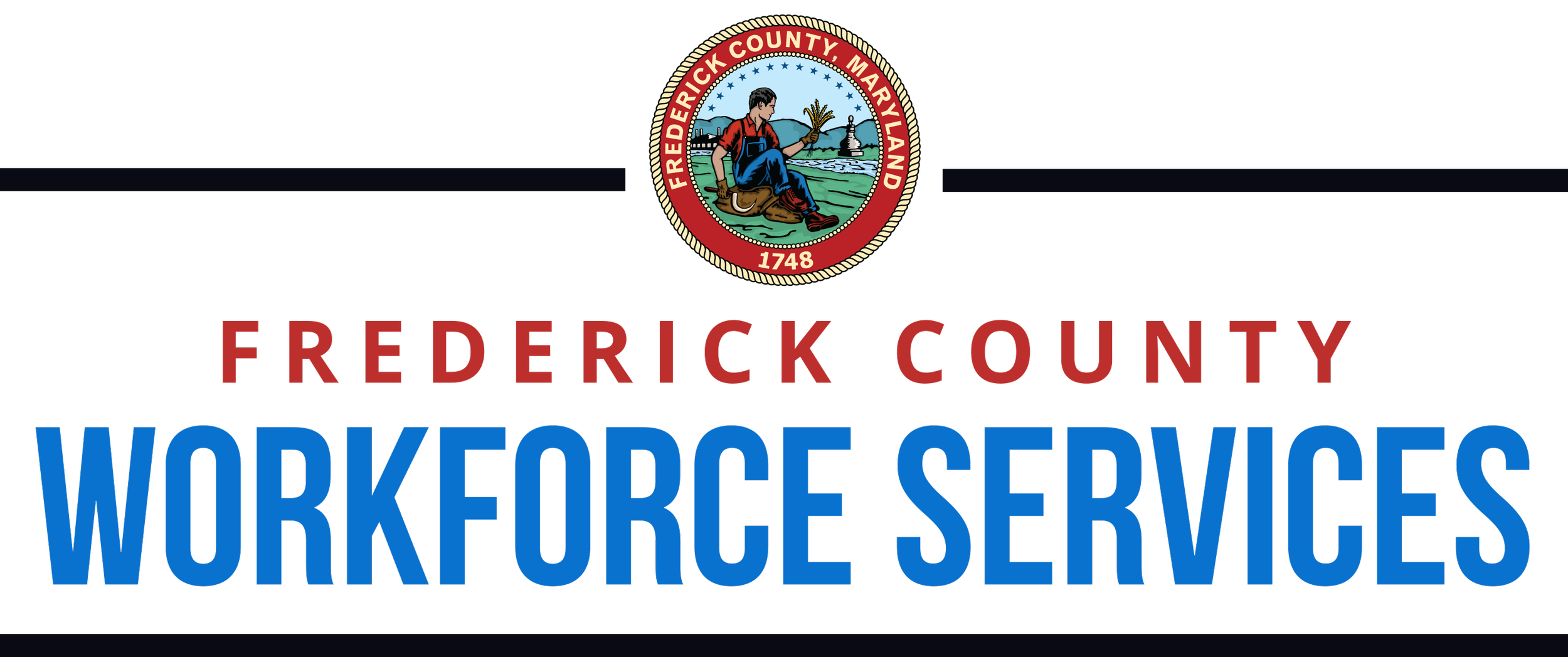“Building Back Better" in Frederick County
By Latrice Lewis, MBA, CPRW, GCDF, CBEP
The economic recovery is beneficial for our entire community. Our focus, however, must be on building back better (BBB) rather than a “return to normal.” And in order to build back better, we must include equity as part of that equation.
First, let’s clarify what we mean by the term equity. Here’s an abbreviated version: Equity looks at the distribution of capital, goods, employment, housing, and access to all necessary services throughout an economy.
Next, let’s look at just a brief set of statistics that have had a similar impact on the entire country:
As of November 2020, Black workers without a college degree had an unemployment rate of 12-14%, nearly double that of white workers with comparable educational attainment.
Since some government programs ceased in May, nearly eight million Americans have dropped below the poverty line, causing the largest single-year increase in poverty in six decades.
Employment disparities that existed pre-pandemic have largely endured. Unemployment rates for Black people and other people of color (POC) (Native Americans, Native Alaskans, Hawaiians, and Pacific Islanders) are approximately double those of white workers
The majority of the staggering 100 million impoverished in America are people of color
By 2042, people of color will be the majority in this country and the primary drivers of our economic fate.
“This is a heavy lift for any community, and Frederick County has the people, community organizations, businesses, heart, and passion to begin this hard work. So let’s embrace the challenge of building the workforce of the future, to make the impact needed for our citizens. ”
Let’s look at how to begin solving the problem. Below are just a few more statistics by industry to highlight where businesses may begin to find some of that “much needed” local talent. As we know, some of these industries have businesses that will not recover at all from this pandemic.
Leisure and Hospitality Jobs
Unemployment rate, December 2020: 16.7%
Unemployment rate, December 2019: 5.0%
Year-over-year increase: 11.7 percentage points
No surprises here. With restaurants, bars, and stadiums temporarily shut down or operating on a limited capacity for most of the year, many workers at these businesses lost their jobs. Still, the numbers nationwide are shocking. In December 2020, there were 1.3 million fewer workers in these fields were than there were one year earlier.
Construction Jobs
Unemployment rate, December 2020: 9.6%
Unemployment rate, December 2019: 5.0%
Year-over-year increase: 4.6 percentage points
The big losses in these occupations appear to be among the specialty contractors who work on non-residential buildings. That field lost nearly 441,000 jobs between December 2019 and December 2020, due in part to a slowdown in renovations of office buildings as more companies shifted to remote work.
Laundry, Dry-cleaning, Other Personal Service Jobs
Unemployment rate, December 2020: 7.4%
Unemployment rate, December 2019: 3.2%
Year-over-year increase: 4.2 percentage points
The large increase in the number of people working from home this year led to a big drop-off in the demand for dry-cleaning and laundry services. Those occupations lost more than 228,000 jobs since December 2019.
Many of these industries contained some of the lower-paying positions in our community (and the nation as a whole) and have historically employed a majority POC. This reflection allows businesses to envision and determine how they can begin contributing to the development of a more “equitable” community.
An equitable recovery is a WIN-WIN for the entire Frederick County economy.
In knowing where some of the available talent is coming from, here is a short/beginning list of strategies that may be considered to satisfy the current talent deficit:
STRATEGY:
Identify some of the skills gaps of the newly unemployed from the above-mentioned industries.
STRATEGY:
Identify specific licenses and certifications needed as we begin building the pipeline of the future, including CDL-A, Med-Certs, CNC Machining, IT Certifications.
STRATEGY:
Assess the current skills and suitability of candidates who may need to change careers, considering transferrable skills as part of the interviewing and selection process.
STRATEGY:
Meet communities where they are by becoming more intentional at communicating, marketing, and targeting those impacted the most. Don’t assume that social media or the internet is reaching the entire available candidate pool.
STRATEGY:
Offer internships (both traditional and non-traditional) to introduce people to in-demand fields, apprenticeships, and/or entry-level positions with skills training to develop talent.
Low-income workers and POC are especially vulnerable to the economic impact of COVID, and the pandemic has highlighted the already glaring disparities for this group. It is incumbent upon a collective collaborative of leaders to come together to begin delivering innovative solutions that have a long-term, generational impact in a positive way on this vital segment of our community.
This is a heavy lift for any community, and Frederick County has the people, community organizations, businesses, heart, and passion to begin this hard work. So let’s embrace the challenge of building the workforce of the future, to make the impact needed for our citizens. Let’s Build Back Better!
REFERENCES:
https://www.aarp.org/work/job-search/info-2020/job-losses-during-covid.html

